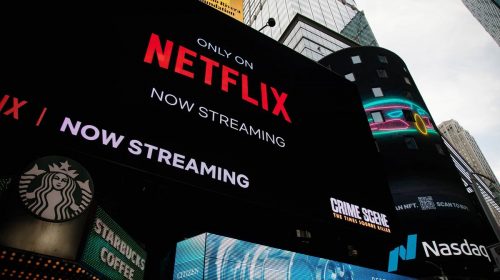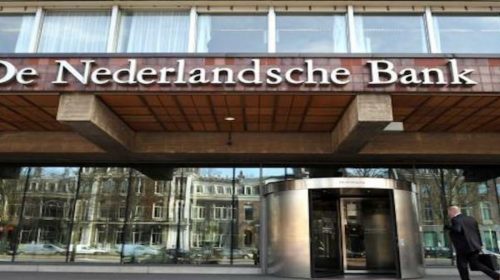“IMAGINE a world where we’re no longer looking up to tech titans such as Apple, Google, Microsoft, Amazon and Facebook…because we are one of them.” So wrote Jeff Weiner, boss of LinkedIn, in an open letter on June 13th. Not much imagination is necessary. Microsoft had just announced it would pay $26.2 billion to buy the professional social network, making it the third-largest acquisition in the history of the tech industry. The deal was accompanied by substantial promises from Mr Weiner and Microsoft’s boss, Satya Nadella, that the deal would transform businesses’ and workers’ productivity worldwide. Those pledges seem fanciful.
Microsoft is paying a high price for a firm that has suffered its fair share of setbacks. Although LinkedIn is the largest professional social network by far, with around 430m registered users and 100m visitors to its site each month, some analysts have questioned how much bigger it can become. LinkedIn makes most of its money by selling subscriptions to corporate recruiters, who prowl through its database of executives looking for prospective employees. Revenue growth has been slower than expected, and rolling out new businesses and improving existing ones has proved pricey
Concerns over the pace of progress came to the fore in February, when LinkedIn’s share price sank by more than 40% in a day, shedding $11 billion from its market value, after the firm reported that forecasts of revenues for 2016 were lower than expected. LinkedIn had also revealed that it made a net loss of around $165m in 2015, despite revenues of $3 billion, in large part because of excessive stock-based compensation. The decline was the biggest one-day fall since the company went public in 2011. Its share price has not fully recovered.
The two firms could not agree on a price at the time. Salesforce’s current market value is around $55 billion. LinkedIn is a cheaper substitute. It will also dovetail with Microsoft’s existing products in Office, its collection of business applications and services that includes Word, Excel and Outlook, an e-mail system. The latter might gain in popularity if LinkedIn keeps users’ details up to date and offers alerts if a contact moves firms. Such extra features should, in theory, encourage companies to buy new cloud services from Microsoft.
Even so, the deal’s rationale looks questionable. Mr Nadella has suggested that with LinkedIn, Microsoft will become the platform for managing workers’ personal details from around the web. He also promises that Microsoft will become better at predicting what information users might find useful, suggesting news articles related to a project someone is working on or recommending a friend of a friend online who might be able to help an employee with a task at work. In this vision, LinkedIn’s “newsfeed” will become a focus for information-sharing at the office.
Is it worth it, let me work it
There are three hitches in Microsoft’s plans. The first is financial. It is shelling out the equivalent of around $260 for each monthly active user of LinkedIn. To keep shareholders happy, it will need to add users to LinkedIn’s platform more quickly or be clearer about how it can make more money from their data.
The second is operational. Microsoft’s record with big deals is poor. Its purchase of Skype in 2011 for $8.5 billion has been no runaway success. Microsoft squandered over $6.3 billion on aQuantive, an online-advertising firm that it bought in 2007, and $7.6 billion on Nokia’s handset business in 2014. Both misfortunes happened before Mr Nadella took over, but “the historic playbook says it’s not going to work,” reckons Brent Thill, an analyst at UBS, a bank. Mr Nadella intends to keep LinkedIn as an independent company, perhaps because he has seen the pitfalls of integrating large acquisitions at first hand.
The third hitch is behavioural. Mr Nadella wants LinkedIn to become the place to go for news and other details about people’s work lives, but firms are unlikely to want to give their employees more of an excuse to spend time on social media. Some bosses regard LinkedIn with hostility because it makes money from recruiters out to poach their staff. They will not want to let LinkedIn further embed itself at their companies. Already some large firms block or restrict access to LinkedIn on their networks. Users may also grow uncomfortable if Microsoft deploys their data elsewhere and could stop using the service. Mr Nadella has acknowledged they will have to treat what they know about users “tastefully”.
The deal has been welcomed for other reasons, however. It could signal an impending tech buying spree. In the days after LinkedIn’s purchase, investors looked around to see which other firms Mr Nadella and his peers might have their eyes on. Optimists pushed up the share price of Twitter, another social-media firm whose growth prospects have been questioned, in the hope that a buyer might make a move. But not every tech firm is lucky enough to have Mr Nadella coveting it.




